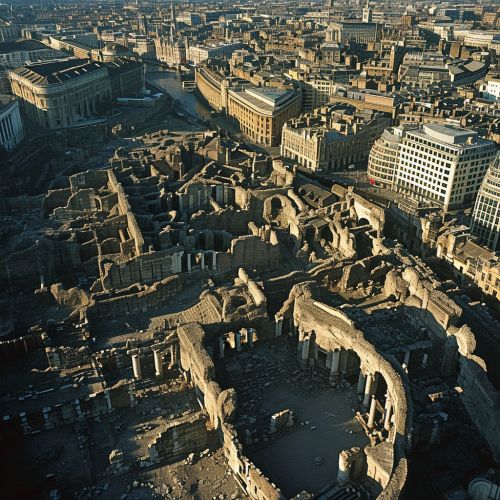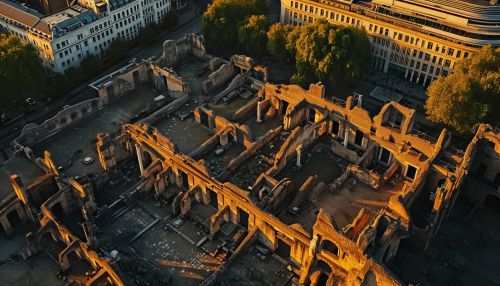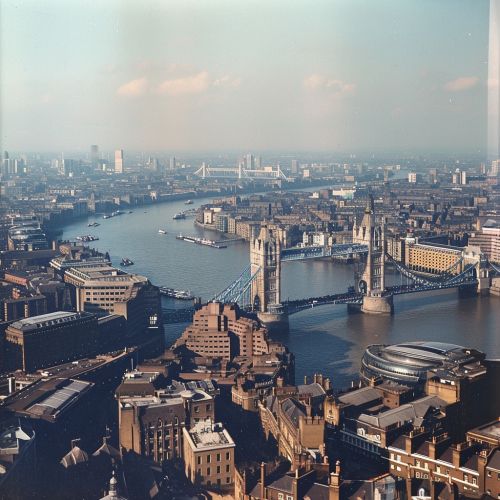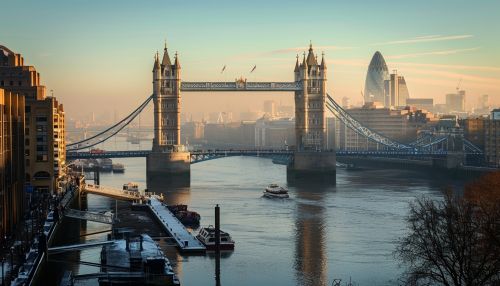History of London
Early History
The history of London, the capital of England and the United Kingdom, extends over 2000 years. In that time, it has become one of the world's most significant financial and cultural capitals. It has experienced plague, devastating fire, civil war, aerial bombardment, terrorist attacks, and riots.
The earliest known reference to the settlement, which was most likely founded by the Romans, is Londinium, which dates from the 1st century AD. Londinium, established on the current site of the City of London, served as a major commercial centre in Roman Britain until its abandonment during the 5th century.


Medieval London
Following the fall of the Roman Empire, the Saxons established a settlement to the west of the old Roman city, creating what is now known as the City of Westminster. During the reign of Alfred the Great, London was made a city and it became an important trading and cultural centre.
The Norman Conquest in the 11th century brought significant changes to London. William the Conqueror built the Tower of London, a landmark that still stands today, and the city expanded rapidly. By the 12th century, London was the largest town in England and it continued to grow throughout the Middle Ages.
Tudor and Stuart London
The Tudor period saw further growth and prosperity for London. It became the principal sea port, trading centre and the political hub of England. The city expanded beyond its medieval boundaries, with new districts such as the West End becoming fashionable.
The Great Fire of London in 1666, during the Stuart period, destroyed much of the city. However, it was rebuilt in the following years, with the establishment of the Royal Society and the construction of St. Paul's Cathedral, under the direction of Sir Christopher Wren.
18th and 19th Century London
The 18th and 19th centuries were a period of rapid expansion for London, with the population growing from 1 million in 1800 to over 6 million a century later. This was a period of significant industrialisation, with the development of the railway, the opening of the London sewer system, and the construction of iconic structures such as the Tower Bridge.


20th Century London
The 20th century saw London endure significant hardship during the two World Wars. The city was heavily bombed during the Blitz, leading to widespread destruction. The post-war years saw a process of reconstruction and renewal. London expanded further into the surrounding counties and increased its role on the international stage.
Modern London
In the late 20th and early 21st centuries, London has established itself as a global city. It is a leading centre for arts, commerce, education, entertainment, fashion, finance, healthcare, media, professional services, research and development, tourism and transport.
